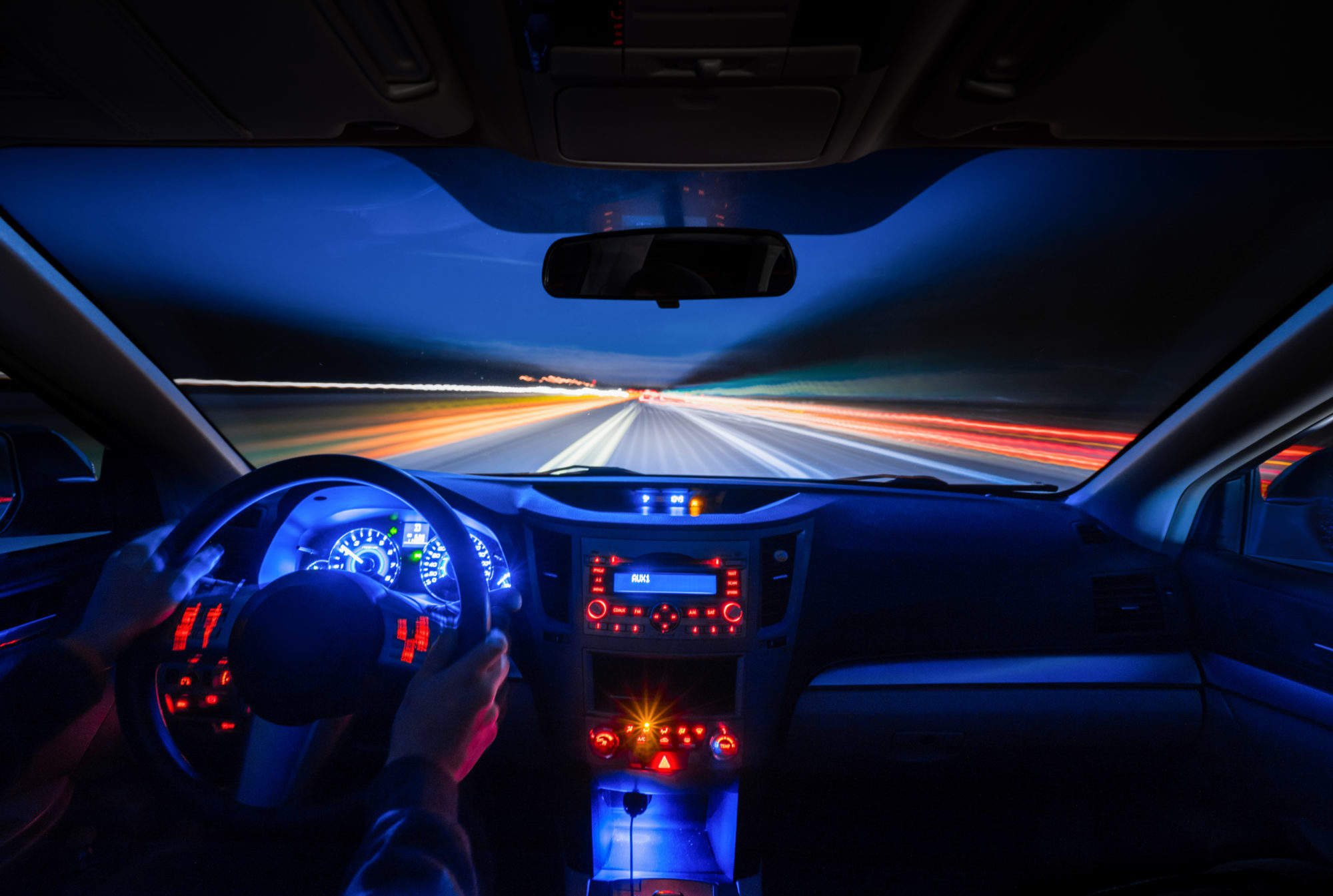
Engineers have developed a lensless camera that could turn any pane of glass into a camera.
The images are low-resolution but recognisable enough to feed into an autonomous vehicle’s obstacle-avoidance sensors.
The electrical and computer engineers from the University of Utah say that the technology has many other potential applications, including security cameras built into home windows and biometric scanners.
University of Utah associate professor Rajesh Menon explained that they developed the lensless camera by recognising that traditional camera lenses were developed with the human eye in mind.
“Why don’t we think from the ground up to design cameras that are optimised for machines and not humans? That’s my philosophical point,” he said.
How does a lensless camera work?
Without a lens, a normal digital camera sensor results in a collection of unrecognisable pixels. However, there is still enough information for a suitably trained computer algorithm to decipher and identify the image.
How well do you really know your competitors?
Access the most comprehensive Company Profiles on the market, powered by GlobalData. Save hours of research. Gain competitive edge.

Thank you!
Your download email will arrive shortly
Not ready to buy yet? Download a free sample
We are confident about the unique quality of our Company Profiles. However, we want you to make the most beneficial decision for your business, so we offer a free sample that you can download by submitting the below form
By GlobalDataTo gather the image without pointing a camera directly at the image, the team wrapped reflective tape around the edge of a window. This allowed 99% of the light from the object to pass through the glass, while 1% scatters through the window and into a camera sensor positioned at the edge of the glass.
The computer algorithm then decodes the light into a low resolution but recognisable image.

During experiments, Menon and his team took a picture of the University’s “U” logo and video of an animated stick figure. Both were displayed on an LED light board.
Unlimited applications
Lensless camera technology has potentially unlimited applications. The technology could be used to improve augmented reality glasses, which currently require cameras to be pointed at the user’s eyes to track their position. Instead, cameras could be positioned to the side of the glasses.
“It’s not a one-size-fits-all solution, but it opens up an interesting way to think about imaging systems,” said Menon.
Researchers at Caltech, a science institute, have previously developed a chip that creates images without a lens. In this case, the lens is replaced by an ultra-thin optical phased array.
Hitachi has also been working the lensless camera space, instead using film imprinted with a concentric-circle pattern, backed with an image sensor. However, neither of these are designed with the purpose of turning glass panels into cameras.
Menon’s team plan to develop the system further to capture images that are 3D and with higher colour resolution.







